Although these camelids might seem like pretty similar animals for the average person, for those more familiar, it’s fairly easy to see the obvious differences between a llama and an alpaca. We often get visitors or passers-by thinking alpacas and llamas are the same thing… they’re definitely not!
Originating in South America, both llamas and alpacas can now be found throughout the world. They’re one of the four “lamoid” (lamini) species in the camel family: alpaca, llama, vicuna and guanaco.
The first two are completely domesticated, whereas the latter two are mostly wild. All four species are able to interbreed and produce fertile, viable offspring though.
Llama vs Alpaca: Size, Weight and Appearance
Llamas are Bigger than Alpacas
The biggest difference between an alpaca and a llama is their size: alpacas are a lot smaller.
At the shoulder, the average alpaca measures around 35 inches (around 90cm), while an average llama would measure just over 48 inches (120cm).
The average alpaca weighs approximately 150 pounds (70 kilos) which is barely more than many livestock guardian dogs, while llamas typically weigh between 300 and 400 pounds (140-180 kilos).
The Difference Between Llama and Alpaca Heads
Like their entire bodies, llama and alpaca heads are also quite different: alpacas have short upright ears and short forward-facing noses, while llamas have long, banana-shaped ears and longer snouts. In general, alpacas have more fleece on their heads than llamas do.
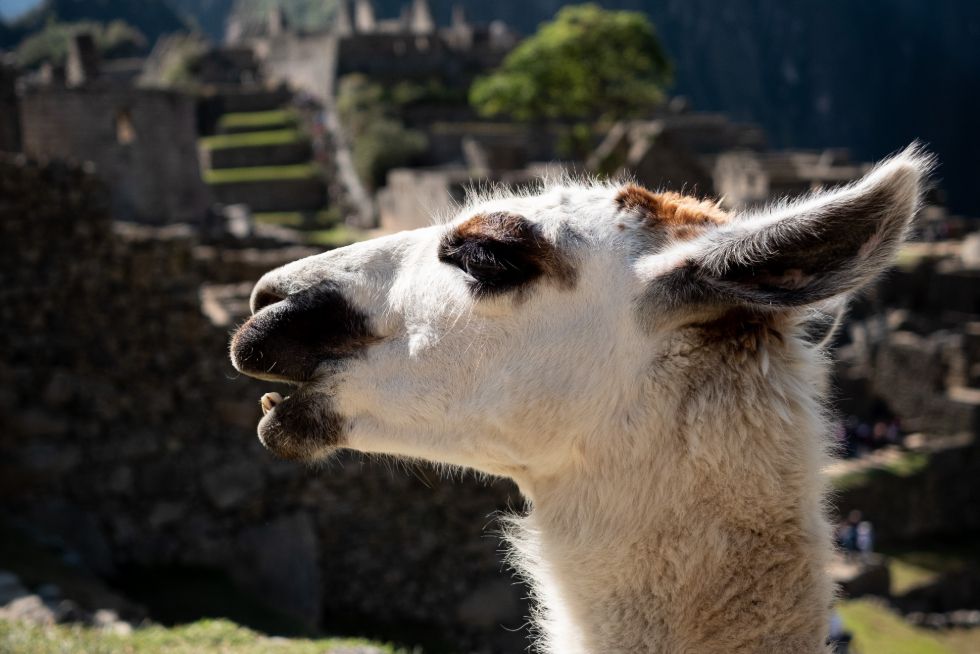
The Difference between Alpaca and Llama Behavior
Alpaca vs Llama: General Behavior
In general, alpacas are more shy and skittish than llamas.
Due to their cuteness, llamas are often mistaken as cuddly teddy bears; most alpacas, however, do not appreciate cuddles much (even the ones who are easy-going enough to let you snuggle up to them).
Herd Behavior in Alpacas and Llamas
Alpacas are extreme herd animals: an individual alpaca could die of complications associated with the stress from loneliness in the absence of a herd. Alpacas will often panic when one of the herd gets stuck on the other side of the fence.
While llamas are also very social animals and similarly live in herds, they are more individualistic. When kept as a guard animal, they are usually kept “alone” (as in, the only llama with the herd or flock they’re supposed to protect).
Do Alpacas or Llamas Spit (and When and Why)?
Both alpacas and llamas have a reputation for spitting and kicking; they display that behavior most often when they feel threatened, or when forced to do something against their will.
I don’t have as much experience with llamas as with alpacas and have never been spat on by a llama (knock on wood!), but I’ve been told llamas are quicker to spit than alpacas. I’ve only ever been spat on (or usually thankfully, able to avoid the spit) when shearing or cutting toenails on one of our stressier alpacas. Most of the alpacas we’ve had have never felt the need to spit at us.
In most circumstances, however, both llamas and alpacas are gentle animals. You really don’t want to be on the receiving end of that spit though, it’s often nasty half-digested stuff!
Purposes: The Difference between Alpacas and Llamas
Using Alpacas and Llamas as Guard Animals
Both alpacas and llamas are quite useful as guard animals. Alpacas will protect chickens from foxes and small dogs, but due to their smaller size, alpacas cannot defend against larger predators.
The larger llamas are often used to protect sheep as well as other livestock.
Llamas As Pack Animals
One big difference between alpacas and llamas is their ability to carry loads. For thousands of years, llamas have been bred as pack animals. They can carry loads of up to 100-130 pounds (45-60kg), even for longer distances.
Alpacas, on the other hand, are not fit to bear weight — they simply haven’t been bred for it and don’t have the right muscle structure to support heavy burdens. Alpaca breeders even need to be careful to not breed alpacas with too much fur in comparison to their build, as their legs might not take the weight of their wet fleece after heavy rainfall.
Raising Alpacas for Their Fleece
For thousands of years, alpacas have been bred as fleece animals. They have lovely, fine, soft fleece of a higher quality than sheep fleece.
Llamas are also occasionally bred for their wool, but this is not a widespread practice as they produce less fleece (with fewer colors) than alpacas.
Alpacas and Llamas as Meat Animals
In their native Peru (and some of its surrounding countries), both alpacas and llamas are commonly bred for their meat. In other countries, however, consumption of alpaca and llama meat is not common (yet?), in part due to the expensive cost of raising the non-native animals.
Anything you’d like to add to this, or ask about the difference between alpacas and llamas? Ask away in the comments!
More about animals that might fit on a small-scale farm or permaculture homestead? Check out this article on the best animals to keep if you’re aiming for self-sufficiency!

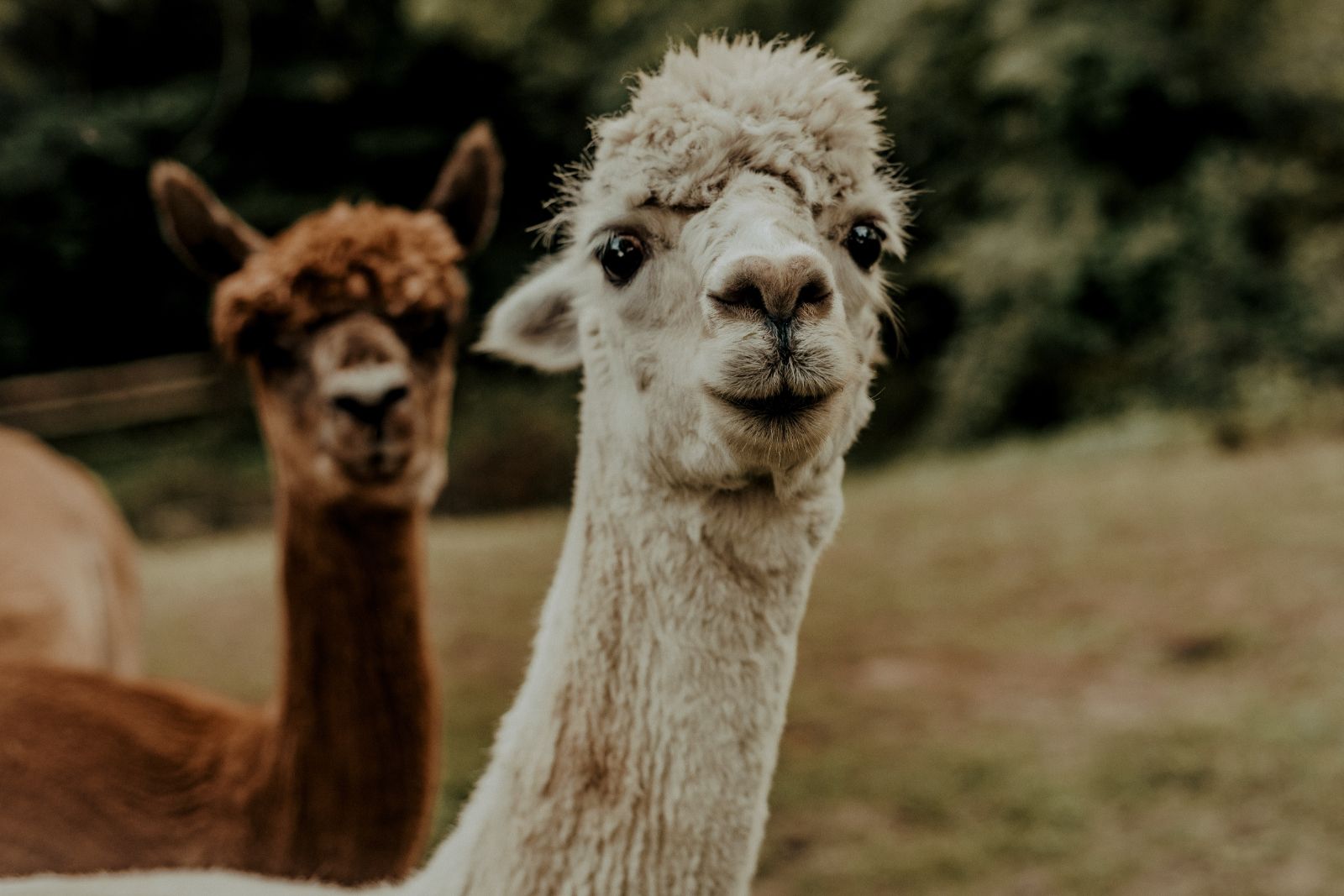



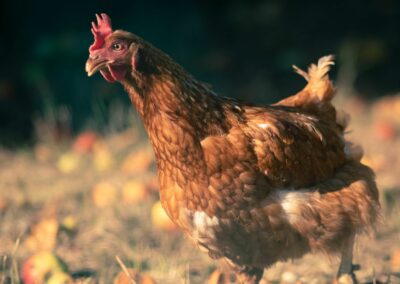
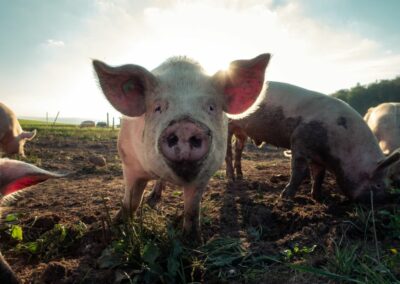

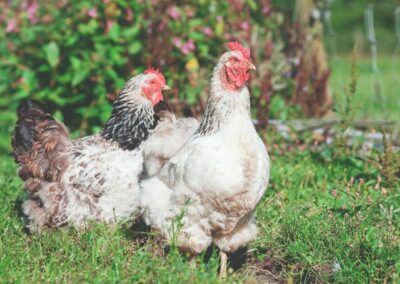

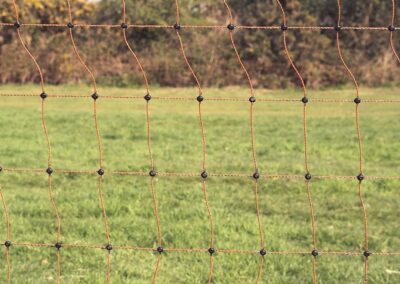




0 Comments